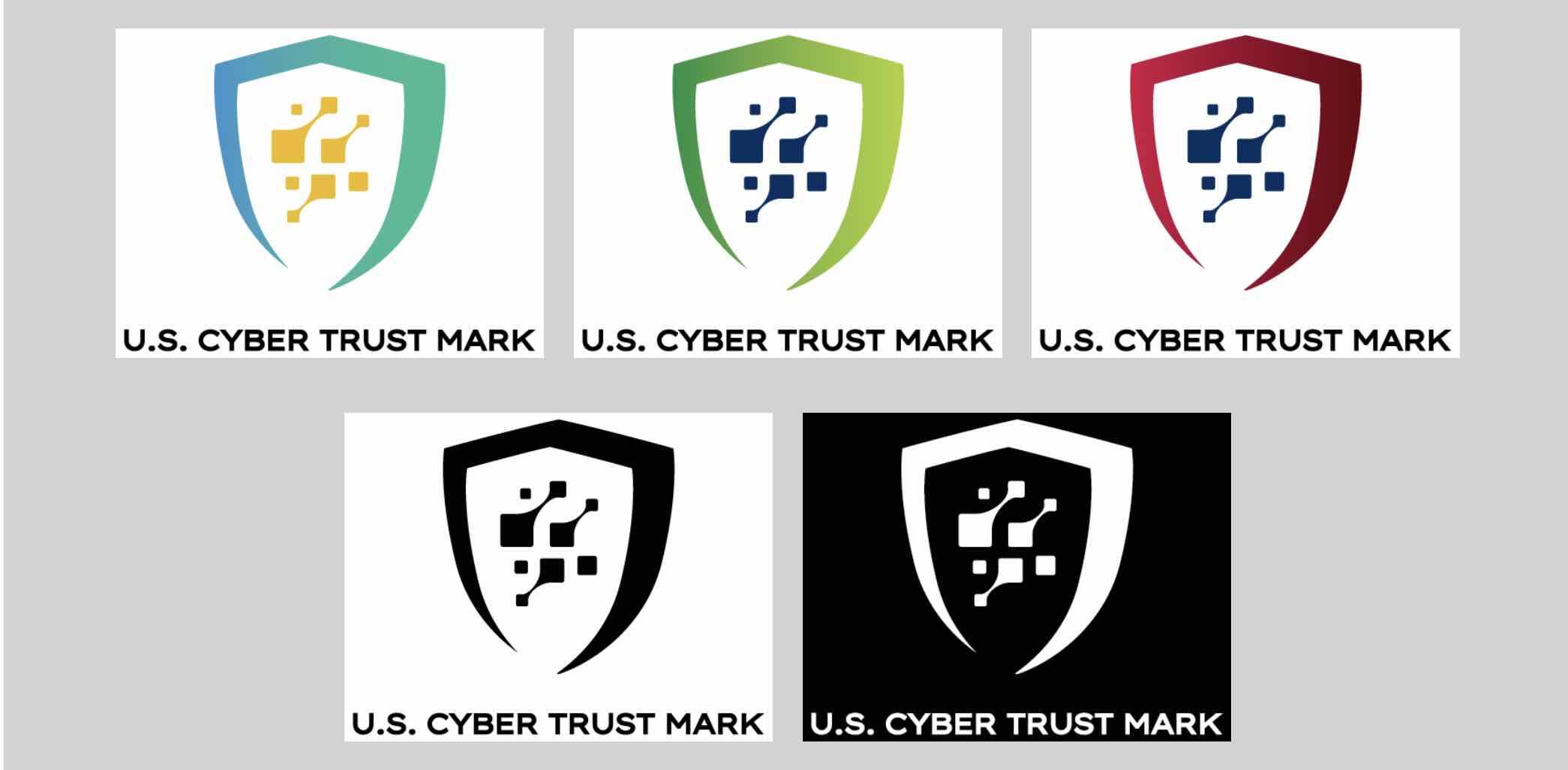BOOK THIS SPACE FOR AD
ARTICLE AD22. June 2021
This article has been indexed from DZone Security Zone
The network model for security fails in the cloud. While the old on-prem model made sense in the earlier days of computing, the rapidly expanding suite of cloud providers, along with their infinite combinations of settings and services, now places an extraordinary burden on security teams to become cloud-centric. An enterprise that doesn’t fully understand its role in securing its data in the public cloud is taking unnecessary risks with its outdated security strategies.
In the traditional data center, the network provided a secure boundary for the organization. The network was carved up into zones and trusts were established within and between zones. Security architectures were established and tools deployed based on this strategy, which largely involved monitoring the traffic flows and enforcing controls where the zones met. But in the cloud, this approach is no longer relevant. Time and again, in breach after breach, headline after headline, the modern attack cycle, particularly in the cloud, starts with identity. Attackers seek access to the identity, then pivot between resources, discovering credentials and other identities that give them more and more access to get what they want.
![]()
.png)















 Bengali (Bangladesh) ·
Bengali (Bangladesh) ·  English (United States) ·
English (United States) ·